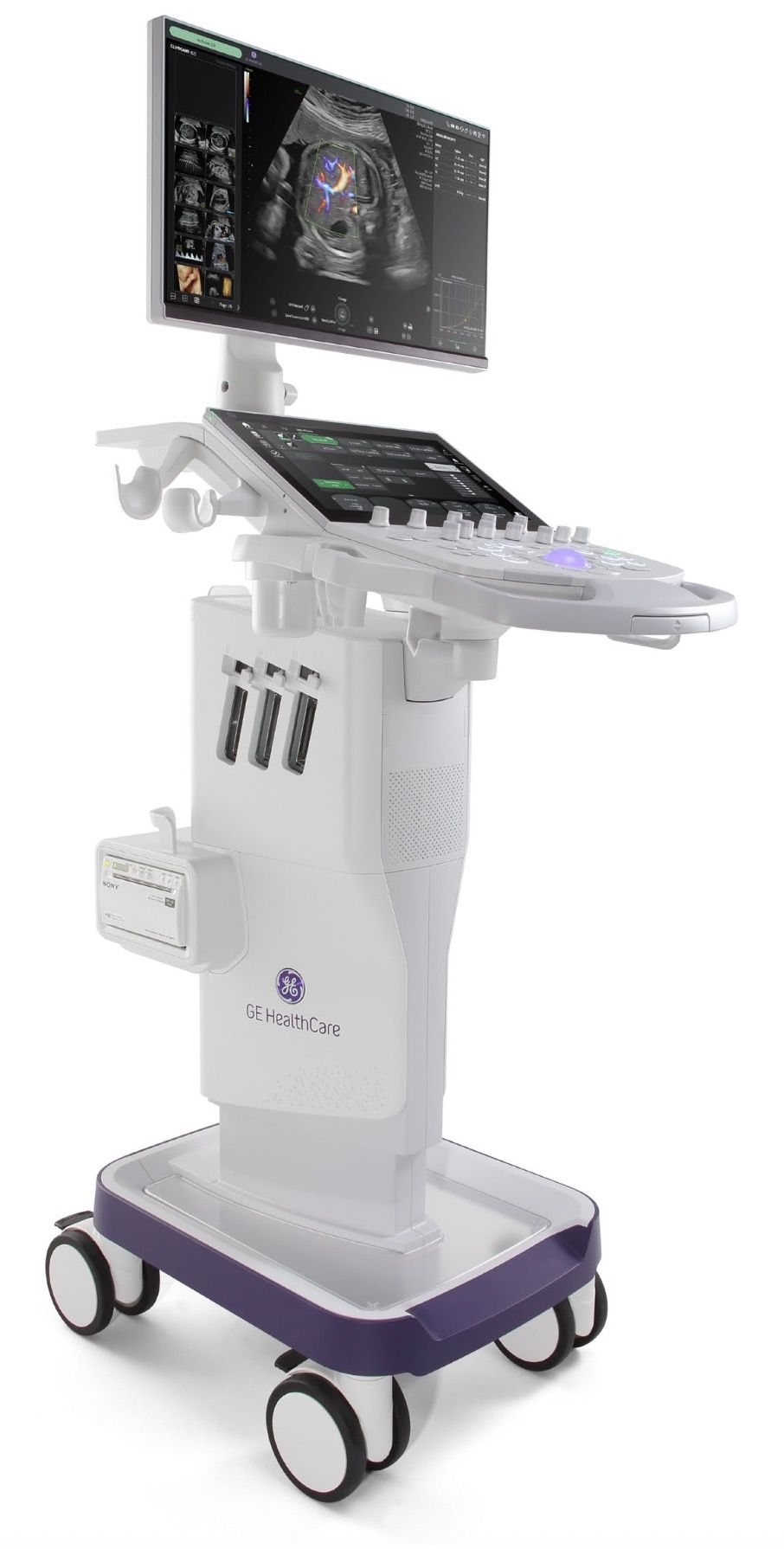Pelvic Ultrasound for Endometriosis
What is a pelvic ultrasound?
A pelvic ultrasound is a scan that uses sound waves to create pictures of the organs in your pelvis, such as the uterus (womb), ovaries, fallopian tubes, and surrounding structures. It is a safe, non-invasive test that does not use radiation.
For endometriosis, ultrasound can help detect certain types of disease, especially ovarian endometriomas (endometriosis cysts on the ovary) and deep endometriosis involving areas like the bowel, bladder, or ligaments around the uterus.
Why might I need one?
I routinely perform transvaginal ultrasound to investigate:
- Painful or heavy periods
- Pain with sex
- Difficulty conceiving
- Symptoms suggestive of ovarian cysts
- Suspicion of deep endometriosis affecting other pelvic organs
An ultrasound can help guide your diagnosis and treatment plan.
Types of pelvic ultrasound
- Transabdominal ultrasound – the probe is placed on the lower tummy with some gel. This gives a broad overview of the pelvis but is much less detailed.
- Transvaginal ultrasound – a slim probe is gently inserted into the vagina. This provides much clearer pictures of the uterus, ovaries, and nearby areas. It is the preferred method when looking for endometriosis.

What to expect during the scan
- For a transabdominal scan, you may be asked to drink water beforehand to fill your bladder, which helps the pictures.
- For a transvaginal scan, you may empty your bladder first. The probe is covered and lubricated before being gently placed in the vagina. You may place the probe yourself if you prefer.
- The scan usually takes 5-10 minutes.
- You may feel some pressure, but it should not be painful. The scan can be stopped any time if you are uncomfortable.
What can ultrasound show in endometriosis?
Pelvic ultrasound can identify:
- Ovarian endometriomas – cysts with a typical “chocolate cyst” appearance.
- Deep endometriosis – sometimes visible in areas such as the rectovaginal space, bowel, bladder, or uterosacral ligaments.
- Superficial endometriosis – sometimes visible in areas such as the rectovaginal pouch or uterosacral ligaments.
- Adhesions – scarring affecting mobility of the pelvic organs - often caused by endometriosis, infection, or surgery.
- Other causes of pelvic pain – like fibroids or ovarian cysts not due to endometriosis.
Not all endometriosis is detectable by ultrasound.
Risks and safety
Ultrasound is very safe:
- It uses sound waves, not radiation
- There are no known harmful effects
- It can be repeated if needed
Some people find the transvaginal probe uncomfortable, but most tolerate it well.
After the scan
- You can return to normal activities straight away
- There are no restrictions afterwards
- We will discuss the findings and make a management plan. I may recommend further imaging with an MRI or CT scan.
Key points to remember
- Pelvic ultrasound is a safe, non-invasive way to look at your uterus, ovaries, and pelvis.
- It can reliably detect ovarian endometriomas and sometimes deep or superficial endometriosis.
- A normal ultrasound does not rule out endometriosis.

Dr Sam Holford
Need a pelvic ultrasound in Auckland?
I perform specialist scans myself to provide an immediate, expert diagnosis and clear answers for you in a single visit.
Book an appointmentFAQs
Trusted resources
Please note: This information is general in nature and not a substitute for medical advice tailored to your specific situation.
